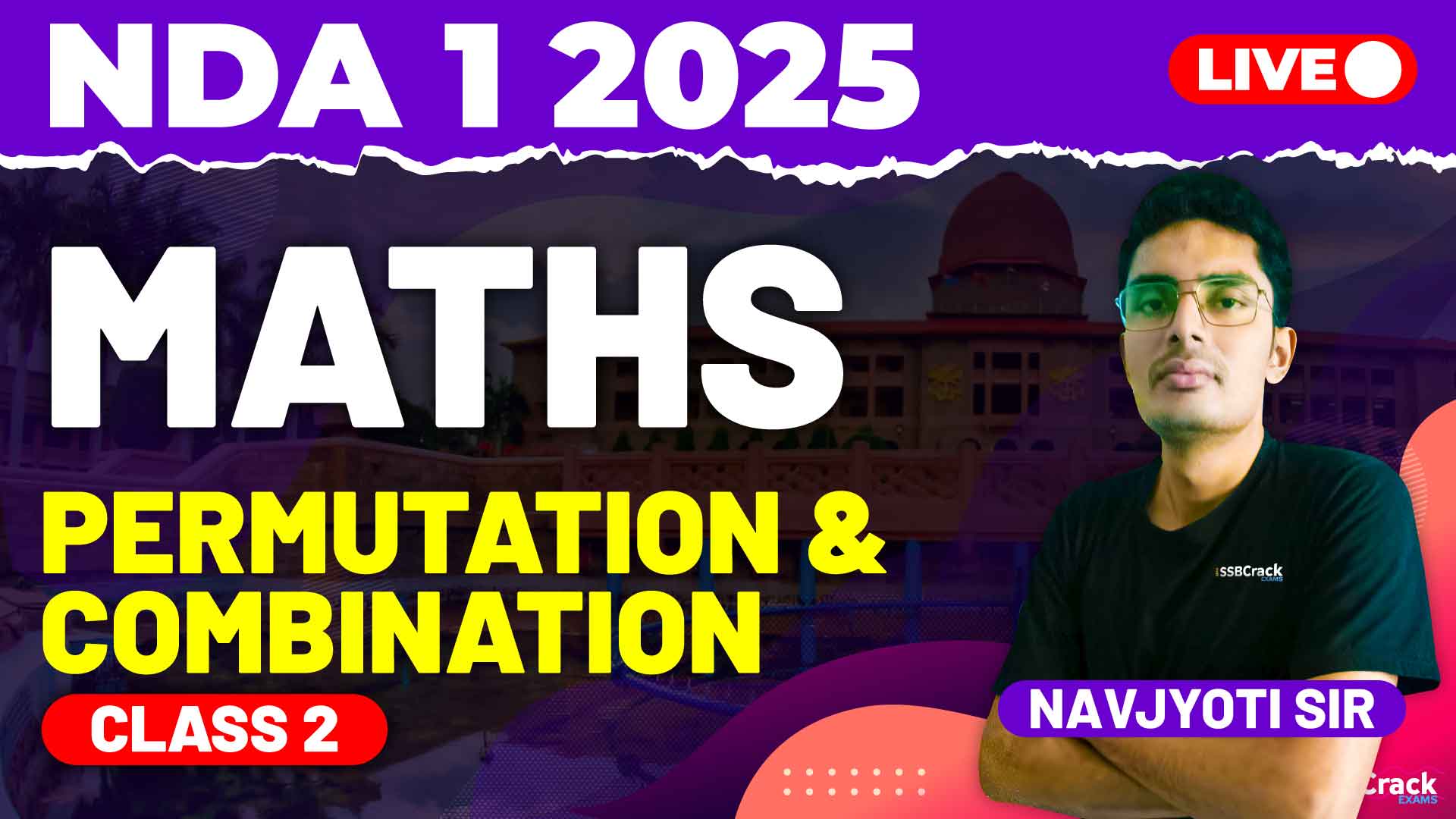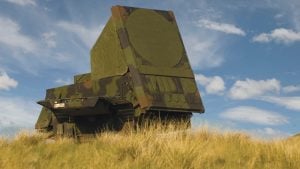In preparation for the NDA-NA Maths exam, a recent class focused on Permutations and Combinations, an important area that frequently appears in competitive exams. While this topic might appear straightforward at first glance, mastering it involves understanding a variety of techniques, particularly when approaching combination problems, which focus on selection rather than arrangement. This class emphasized key concepts like combinations, unique results arising from combinations, and the specific use of combinations to determine the number of possible figures that can be obtained from a set of points.
Core Topics Discussed in the Class
1. Understanding Combinations
- Core Concept: Combinations involve selecting items from a larger set without concern for order. In other words, a selection of items where the order does not matter. This is distinct from permutations, which focus on ordered arrangements.
- Applications in Problem-Solving: Combinations are crucial for problems that involve selecting groups, teams, or subsets from a larger collection. For example, choosing committee members or selecting points on a plane to form geometrical shapes.
The class focused on building a clear understanding of the difference between combinations and permutations, which is essential as it determines the approach to solving various types of questions.
2. Results in Combinations
- Key Results: Certain results and properties help simplify combination problems. For example, when selecting items from a set, the number of ways to do so remains the same if the number of selected items and remaining items add up to the total items.
- Applications of Results: These results streamline problem-solving. They allow you to see relationships between different combination values and often reduce complex expressions, saving time in exams.
The class emphasized the importance of knowing these properties and how to apply them in exam scenarios, as this is especially useful for solving more complex problems quickly and accurately.
3. Using Combinations to Determine Figures from Points
- Selecting Points to Form Figures: A critical application of combinations is determining the number of possible figures, such as lines, triangles, and polygons, from a given set of points. This involves choosing subsets of points and calculating all possible outcomes that meet the problem’s conditions.
- Examples in Geometry: For instance, selecting two points from a group creates a line segment, while three non-collinear points create a triangle.
In the class, students practiced with questions that required selecting points to create various figures, reinforcing their understanding of combinations in a geometric context.
Strategies for Mastering Permutations and Combinations for the NDA-NA Exam
To prepare effectively for questions on permutations and combinations, particularly in the context of the NDA-NA exam, it’s essential to develop both a solid foundation in basic principles and familiarity with more advanced techniques.
- Solidify the Basics of Combinations: Begin with the fundamental concepts of combinations, understanding that order doesn’t matter in selection problems. Practice recognizing when a problem calls for combinations instead of permutations, as this distinction is crucial to solving questions correctly.
- Memorize Key Properties and Results: Several results can simplify complex combination calculations. Spend time memorizing these properties and, more importantly, practice applying them in different types of problems to see how they work in practice. This will enable you to quickly identify shortcuts and work through problems efficiently.
- Practice Geometry-Based Combination Problems: Many NDA-NA questions involve combinations within a geometric framework, such as selecting points to form specific shapes. Work through problems that involve lines, triangles, or polygons, and get comfortable with selecting points under conditions like “no three points are collinear.”
- Use Real-Life Examples for Conceptual Understanding: Concepts like combinations become clearer when related to real-life scenarios. For example, think of combinations in terms of selecting teams, creating groups, or forming committees. This can help you grasp the idea of order not mattering in selection, which is the essence of combinations.
- Solve Previous Years’ NDA-NA Questions: Practicing past questions gives you a clear idea of the question patterns and difficulty level. In particular, focus on questions that involve combination techniques and geometric figures, as these are commonly tested areas in the exam.
- Master Speed and Accuracy with Timed Practice: As with all competitive exams, time management is critical in the NDA-NA exam. Practice solving combination problems under timed conditions to improve both speed and accuracy. Identify any areas where you’re consistently slower and work on techniques to streamline your approach.
- Focus on Visual Representation: For combination problems involving geometric points, drawing diagrams can greatly aid your understanding. Visualization helps ensure you’re selecting points correctly and keeping track of configurations, which is especially helpful for multi-step problems.
Conclusion
Permutations and combinations play a central role in the NDA-NA Maths syllabus, particularly in problems requiring logical reasoning and quick calculations. The recent class provided a detailed exploration of combinations, emphasizing both foundational concepts and practical applications in geometry and problem-solving. By focusing on these essentials, students gain the tools needed to handle complex problems involving combinations and can build the confidence required for the exam.
With regular practice and by following the strategies outlined above, NDA-NA aspirants can develop a strong grasp of combinations. This approach not only prepares students for the variety of questions they might encounter but also helps them build the speed and precision needed to excel in the exam.



















